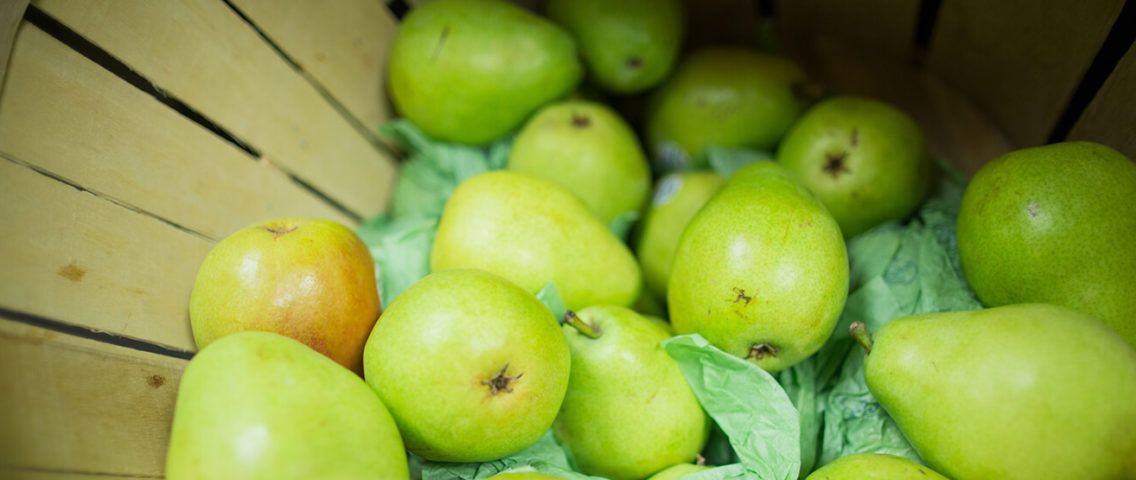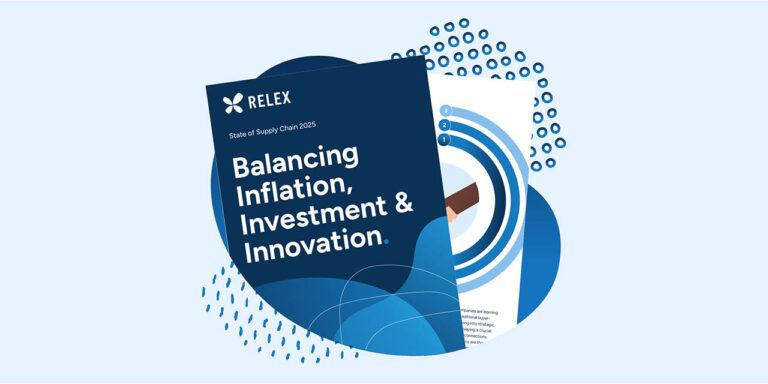It’s in grocers’ best interest to address food waste now
Dec 12, 2018 • 3 min
Earlier in November, RetailWire published a discussion around the topic “How can grocers best address the food waste challenge? What processes need to be added to keep in-stock levels high and food waste low?” I joined the discussion by looking at the social responsibility grocers have, on top of their fiduciary responsibility, to improve their supply chain operations to address fresh spoilage and food waste.
Has Food Waste Become Mission-critical for Grocers’ Bottom Lines and the Planet?
The financial advantages of cutting fresh spoilage are well-documented. On average, grocers are losing $70 million annually to spoilage alone, with the largest retailers suffering hundreds of millions of dollars in lost revenue. That fresh waste is an ever-present (though surmountable) obstacle in this increasingly competitive grocery landscape is no breaking news.
But does corporate responsibility end with the spreadsheet, or do grocers have a second set of responsibilities — to the customers they serve and the earth that provides their goods? Consider the environmental repercussions resulting from a poorly planned supply chain.
Let’s start with a broad view: The United Nations estimates we waste 2.9 trillion pounds of food globally each year — about a third of the planet’s food production, and enough food to feed each mouth on Earth twice over. How much of that staggering amount is attributable to the grocery supply chain?
The United Nations estimates we waste 2.9 trillion pounds of food globally each year — about a third of the planet’s food production, and enough food to feed each mouth on Earth twice over.
In the United States alone, grocery retailers discard 43 billion pounds of food each year. This loss reaches further than the disposal of apples or loaves of bread. Consider, too, the fuel, the water, the physical land needed to produce those products. Jonathan Bloom, the author of American Wasteland, estimates that the United States uses about 70 times the amount of oil spilled at the Deepwater Horizon disaster to produce food that will never reach a mouth. Globally, food rotting in landfills emits quantities of methane gas equivalent to an industrialized nation. In fact, wasted food, if it was a nation, would have the third largest greenhouse gas emissions after the US and Canada, according to the UN.
For food retailers, fresh waste is often driven by fear and the lack of up-to-date supply chain optimization. Buyers manually over-order because no one wants an empty shelf. During promotions, store managers stockpile inventory they will never sell and end up discarding vast quantities of unsold goods. These fears are completely valid — grocery retail is a notoriously low-margin space in which to compete.
Given the fact that the resources exist to address fresh spoilage and food waste, grocers have a social responsibility on top of their fiduciary responsibility to improve their supply chain operations. Consumers are increasingly aware of waste, and the calls for ethical foods and processes are only getting louder. Let’s not forget what is owed to future generations and the land that continues to sustain us both as consumers and grocers.
—
The text was originally published by RetailWire. Several experts joined the discussion with valuable input that can be read here.
To address the issue, we have combined a best practice guide ‘Best practices for managing grocery retail supply chains‘, highlighting key approaches for increasing both responsiveness and efficiency in grocery supply chains.
Resources
- SAVE FOOD: Global Initiative on Food Loss and Waste Reduction — Food and Agriculture Organization of the United Nations
- Wasted: How America Is Losing Up to 40 Percent of Its Food from Farm to Fork to Landfill — National Resources Defense Council
- Food wastage footprint & Climate Change — Food and Agriculture Organization of the United Nations


